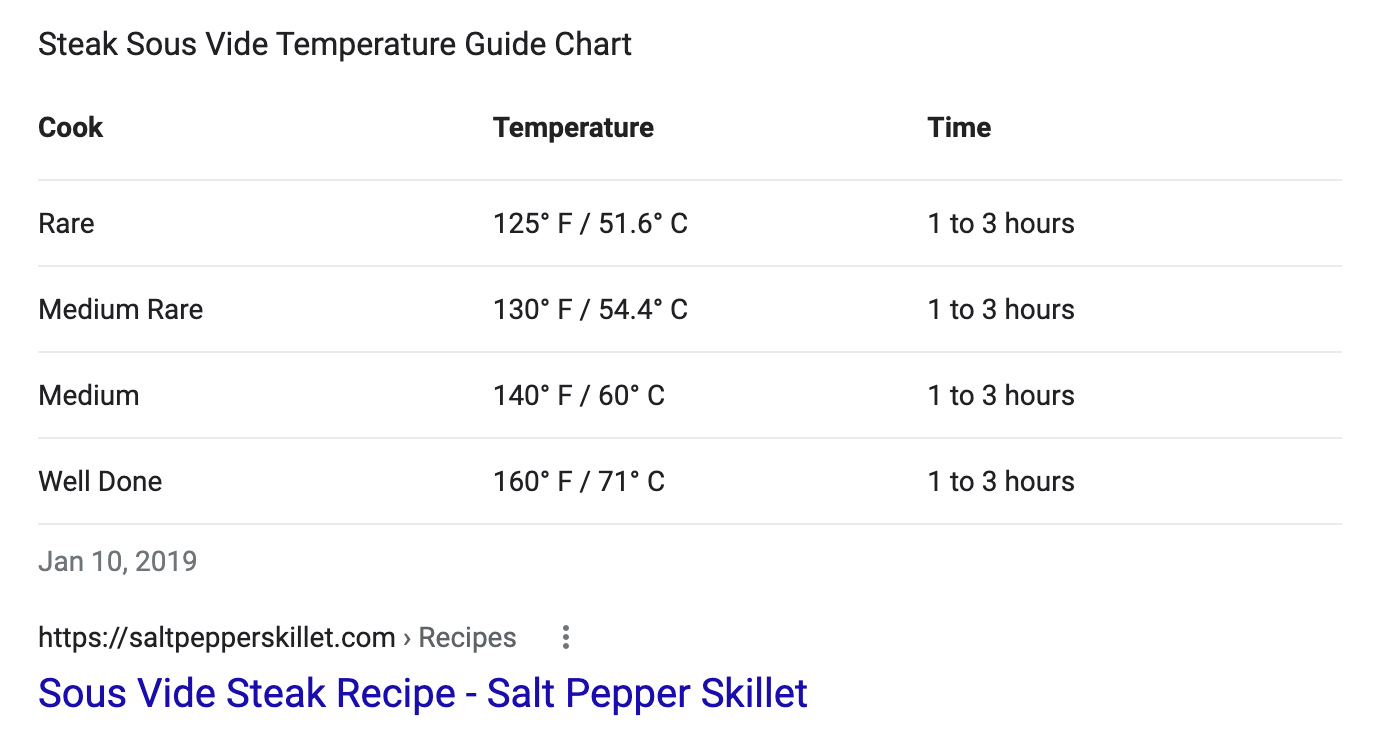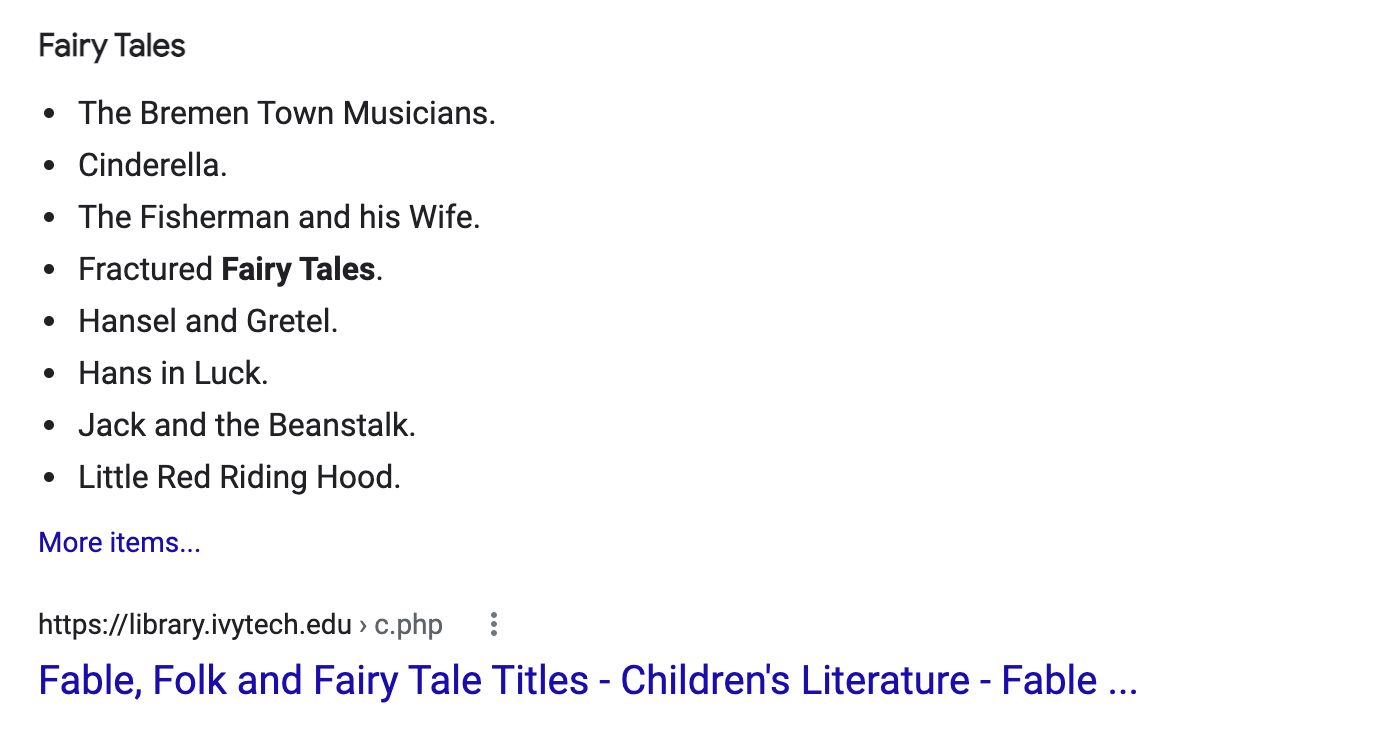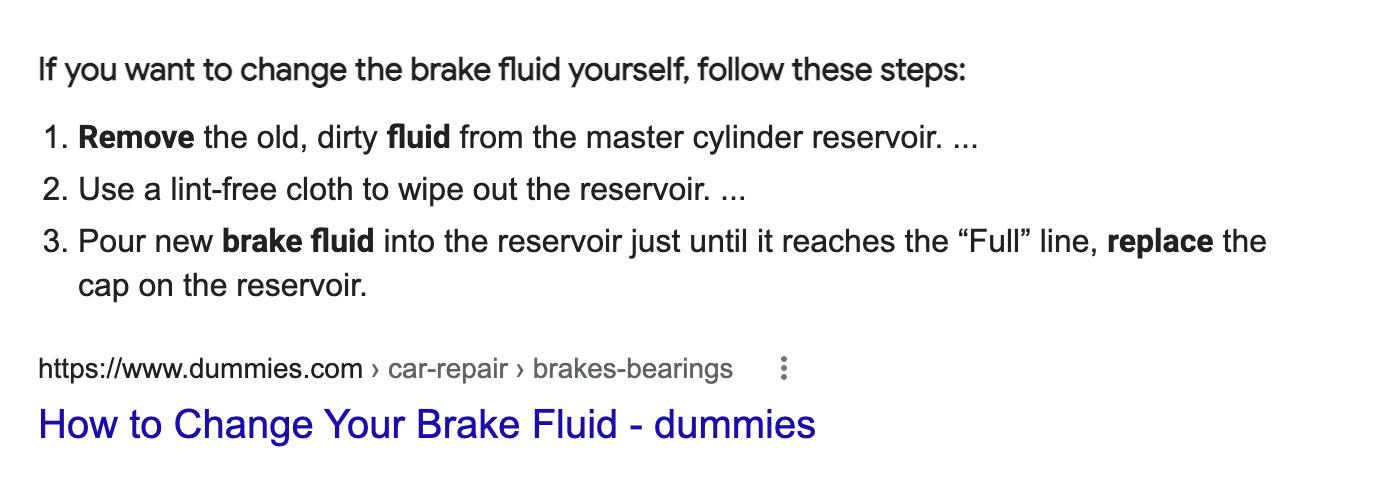Subscribe now and get the latest podcast releases delivered straight to your inbox.
Featured snippets are brief excerpts from a webpage that appear at the top of Google’s search results in an area known as "Position Zero." The search engine does this in order to quickly answer a user’s question. Featured snippet content is automatically pulled from pages that have been indexed by Google. The most common forms of featured snippets are definitions, lists, steps, and tables.
What is a featured snippet?
Google is constantly testing and adding features to the search results pages (SERPs). A user from the search engine’s early days would probably not recognize the site from the layered look Google now offers visitors. Search features such as curated recipe links, top stories, and knowledge panels are now fairly common – but it all started with the humble featured snippets.
Featured snippets first appeared in 2014 and created quite a furor in the search engine optimization (SEO) community. Suddenly, users were going to stay on the search engine instead of visiting your top-ranked page, right? Google was stealing clicks from websites! That’s bad for business!
Not quite.
Why are featured snippets important for SEO?
According to SEMRush’s sensor, 6 percent of SERPs have a featured snippet. Depending on the kind of query, the user’s intent, and the content provided in the snippet, the click-through rate on a featured snippet may be significantly higher than the organic links that appear below.
Let’s compare a query that asks for a cooking temperature that will give the user what they need immediately:

Against a query for something more complex, “How does warp drive in Star Trek work?”:

The former query gives you a complete answer immediately; the latter links to a 3,000-word article that goes into depth for users that really need to know.
Interestingly, you don’t have to have the top-ranked page for a query to get the featured snippet. A 2018 study by Ahrefs showed that only 31 percent of featured snippets take their content from the top-ranked page in organic search, and pages in the second through fifth positions could drive a significant amount of traffic from search.
Since then, various updates have refined this a bit more by removing duplicate pages from the first page results, but the point remains: a featured snippet is more valuable than ranking No. 1.
That same Ahrefs study showed that the vast majority of snippets were triggered by longer-tail keywords with a volume of fewer than 50 queries a month. Not coincidentally, these queries tend to have more words and more focused user interest in a topic. These are exactly the kind of queries that businesses can focus on to bring customers into the middle of the funnel from the start. This example is from the featured snippet for the query, “What are the differences between concrete and fiberglass pools?”

This is ideal middle-of-the-funnel (MOFU) content: It addresses specific questions a person has during the consideration phase. Readers also can see from the snippet that the provider offers as unbiased a look as possible, driving them to click and learn more.
Types of featured snippets
The four most common featured snippets are definitions, lists, steps, and tables. The names give you a strong clue as to how they work, but let’s break them down with a little more detail.
Definitions
Definitions are the most common form of featured snippets. These tend to be short and feature what’s written on the page. They most commonly appear for queries that start with “What is…” or feature the word “definition.” If you get the featured snippet for this kind of query in your industry, you are most likely to reach users at the top of the funnel.

As you can see, this featured snippet offers users searching for “What are shipping logistics?” insight into what they are and provides a compelling reason to click through.
Lists
These are extracted from ordered or unordered lists on a webpage, anchor links placed at the top of a page in a table of contents, or the header tags. This is why using proper semantic HTML (something that content management systems make easy) is important.

You might have noticed that this list is incomplete and users have to click through to see it in its entirety; that means that it likely has a much higher click-through rate than most featured snippets.
Steps
These usually are taken from ordered lists, but can also be extracted through header tags, especially when language such as “Step 1,” “Step 2,” etc., is used.

In this example, you can get a lot of the information, but you’re likely to click through to see if there are any images or videos that can help you do a task as complex as this.
Tables
You’ve probably guessed where these are taken from – the tables on the page. Tables are one of the best ways to organize complex data for users, and Google extracts them directly from the page for display in the SERPs.

How to get a featured snippet
Anyone who has been in a meeting with me has heard me say, “Don’t think too much about Google; instead, think of the users.” And there’s a good reason for that.
Google wants to give the best possible answer to its users so they continue to use its search engine. Business owners should want to give the best possible answer to visitors to gain their business. These two ideas come together when you combine They Ask, You Answer with search engine optimization.
By answering user questions in plain language with enough detail to allow them to make an informed decision, you’re giving Google exactly what it wants to deliver to users.
When performing keyword research on your site, note which queries have featured snippets. Look at how the competition is addressing their needs, and take a good look at how you can beat them. What unique insights can you provide into your industry? How can you make the best impression on future customers? How can you format your answer so it is most useful to a customer?
These are the questions that should be top-of-mind when writing content for your site. When combined with our blogging tips, they offer a better-than-average shot at snagging that featured snippet and driving good traffic down the funnel to you.
Free: Assessment
v2.webp?width=50&height=50&name=500px_Rect_Kevin_Church)v2.webp)
![What is a Featured Snippet? [Definition + Examples]](https://www.impactplus.com/hs-fs/hubfs/Updated%20Featured%20Images%202021/What%20is%20a%20Featured%20Snippet.jpg?width=768&height=400&name=What%20is%20a%20Featured%20Snippet.jpg)